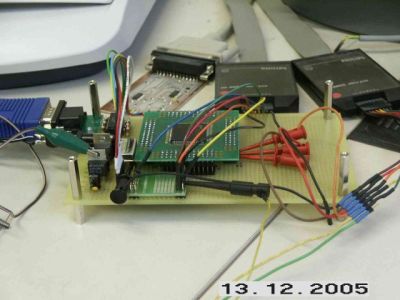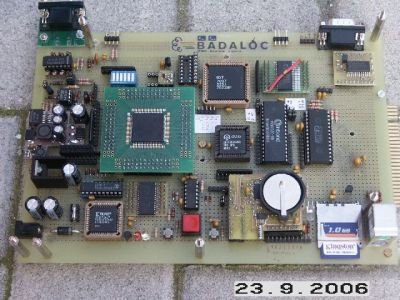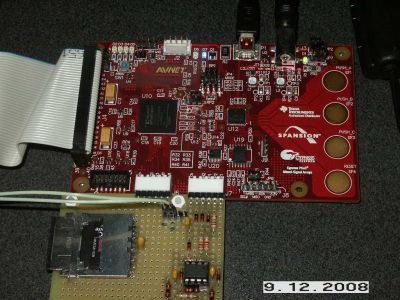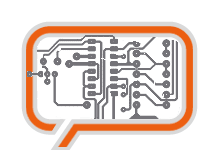A weblog focused on interesting circuits, ideas, schematics and other information about microelectronics and microcontrollers.
E-books
Disclaimer
Because I have not tested all electronic circuits mentioned on this pages, I cannot attest to their accuracy; therefore, I do not provide a warranty of any kind and cannot be held responsible in any manner.
ZX Badaloc
A powerful 48K/128K ZX-Spectrum clone

Original Badaloc is based on 3 Xilinx CPLDs (one XCR3384XL 144 pin (ula3) and two XC9572XL 44 pin (I/O and Keyboard/mouse/joystick)), a PIC16F877 (PS/2 keyboard, PS/2 mouse, programmable 10-inputs joystick), a 20MHz Z80, an 85MHz main oscillator, a few memory chips, an AY sound chip, an sd/mmc slot and a real time clock/calendar with cmos ram and lithium battery backup. The Keyboard cpld is also connected to a spectrum-style 40 keys local matrix-keyboard so the PS/2 keybd is not strictly necessary.
Video output: VGA monitor, @100Hz vertical retrace with on-board scan converter, built in the ULA3 cpld. Two video modes: the ZX-Spectrum standard 256x192 pixel (with 32 pixel border) and the hi-res 320x256 pixel full screen mode, with 4 bit per pixel (R, G, B, Bright).

ZX Badaloc Reloaded has been developed by the same author and runs on the Xilinx Spartan 3E evaluation board HW-SPAR3E-SK-UNI-G featuring an XC3S500E fpga. A small modification is required to improve the 8-color VGA output, but the board can run the clone AS IT IS, just missing the brightness control on ZX-Spectrum screen. Once uploaded to the FPGA via Jtag or the usb cable provided in the kit, Z80 firmware (the system bootrom and Sinclair ROMs or whatever) can be flashed on the onboard nonvolatile memory using the Z80 itself, in conjunction with the ZX-Com program (see the quickstart instructions).

If you have an cheap AVNet Spartan kit, you may be interested in the Badaloc Nano
